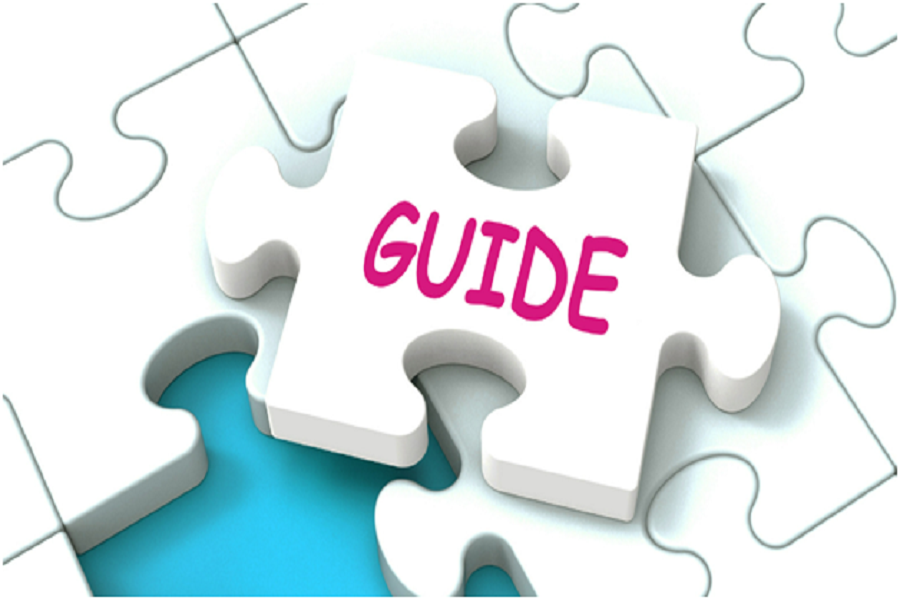In today’s fast-paced healthcare industry, it is essential for hospitals and healthcare providers to have a solid risk management plan in place. This plan should cover the identification, evaluation, and mitigation of risks and include a strategy for responding to incidents. One crucial tool that can greatly enhance a hospital’s risk management efforts is hospital risk management software. This article will provide you with an in-depth understanding of what these solutions entail and why they are vital to a healthcare organization’s success.
The Role of Hospital Risk Management Software
In essence, hospital risk management software assists healthcare providers in identifying potential hazards, assessing their risk level, and implementing measures to minimize the impact of these risks. This type of software streamlines the risk management process by consolidating data from different sources and automating various tasks, such as risk assessments and incident tracking. Additionally, these solutions provide valuable insights and trends that can help hospitals make better decisions, improve patient safety, and enhance overall compliance.
Key Features to Look for –
When choosing the right hospital risk management solution, there are several essential features to consider. The following are some of the most important aspects to look for:
1. Customizable Risk Assessment Templates:
A comprehensive solution should offer customizable templates that can be tailored to a hospital’s specific needs, regulatory requirements, and industry best practices.
2. Real-time Data and Analytics:
For a hospital to make informed decisions, it needs access to up-to-date information. Look for solutions that offer real-time data and analytics to keep track of risk trends and make adjustments as needed.
3. Incident Reporting and Tracking:
A crucial component of risk management is incident reporting and tracking. Select software that provides effective tools for identifying, reporting, and resolving incidents.
4. Integration with EHR Systems:
To ensure seamless and accurate data flow, a hospital risk management system must integrate with a hospital’s existing electronic health records (EHR) system.
5. User-Friendly Interface:
Lastly, look for software with an intuitive and user-friendly interface to ensure easy access for all hospital staff.
Benefits of Implementing Hospital Risk Management Software
There are several advantages to adopting a robust risk management solution. Here are a few key benefits:
1. Enhanced Patient Safety:
By systematically identifying and mitigating risks, hospitals can improve patient safety and overall care quality.
2. Improved Compliance:
Hospital risk management software can help healthcare providers stay compliant with various industry regulations and standards.
3. Increased Efficiency:
Automating risk management tasks allows hospital staff to focus on patient care, saving time and resources.
4. Better Decision-Making:
Data-driven insights provided by these solutions enable hospitals to make more informed decisions, leading to improved patient outcomes and overall organizational performance.
5. Reduced Financial Risk:
Implementing effective risk management strategies can minimize financial losses resulting from incidents, claims, or regulatory fines.
In conclusion, adopting hospital risk management software is an integral part of maintaining a safe and compliant healthcare organization. By considering the essential features of compliance management software and understanding the benefits it provides, hospitals can select the right solution to meet their specific needs and enhance their risk management efforts. Stay proactive in mitigating risks and providing quality care with an efficient hospital risk management software solution.

